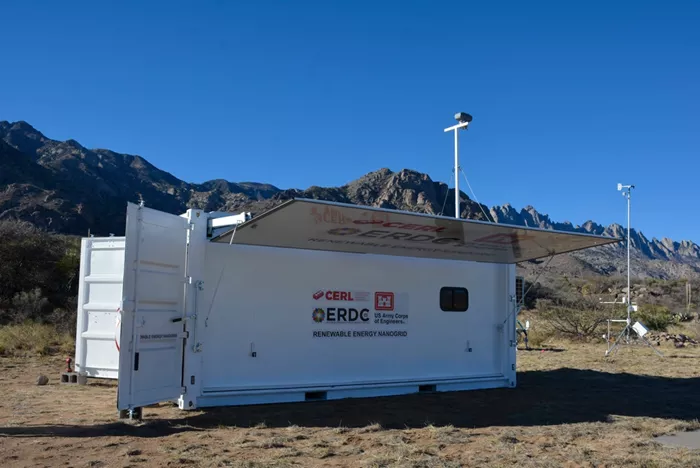The U.S. Army has introduced a groundbreaking hydrogen-powered nanogrid, marking a significant step toward cleaner and more efficient energy solutions. This self-contained power system operates independently from traditional electric grids and is designed to replace diesel generators, which are known for their high levels of air pollution and noise.
Unlike diesel generators, hydrogen fuel produces no harmful emissions when used. However, most hydrogen fuel today is not renewable, as it is often produced using fossil fuels. Despite this, the industry is making strides toward “green” hydrogen, which is created without significant environmental impact.
The Army’s nanogrid is equipped with advanced features, including solar panels, a surveillance camera system, meteorological weather equipment, and an atmospheric water generator. These additions make it a versatile tool for powering areas affected by outages or in remote locations.
Gail Vaucher, leader of the ARL Atmospheric Intelligence for Hybrid Power Advancements team, highlighted the significance of the project. “This collaboration offers a unique opportunity to study atmospheric effects and power production processes linked to hydrogen fuel cells,” Vaucher said. “It allows us to directly apply scientific findings to real-world operations.”
The development of this nanogrid represents a major advancement in sustainable energy for military and civilian applications, offering a cleaner, quieter, and more efficient alternative to traditional diesel generators.

